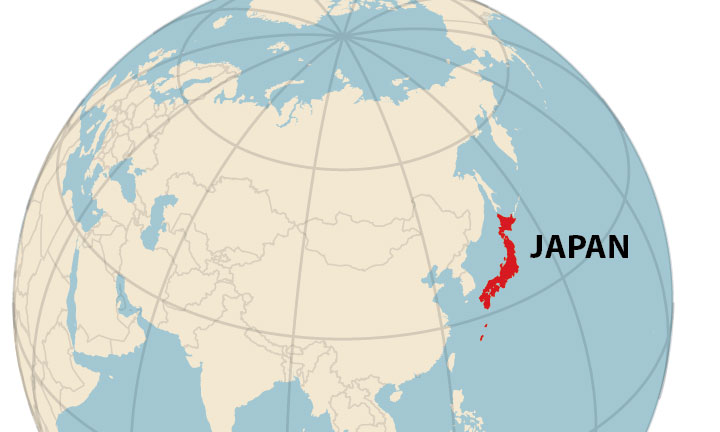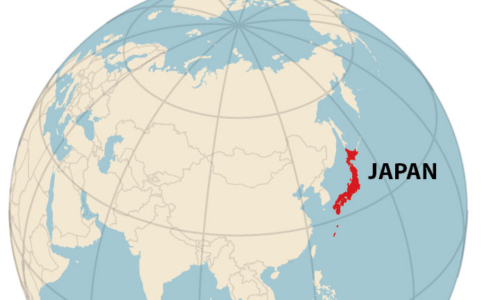IEEFA report: Australia’s key export market – Japan, moving beyond thermal coal

 10 July 2019 (IEEFA Australia) – Australia will struggle to seek alternative markets for its thermal coal as a declining Japanese market increasingly turns towards cheaper renewable energy solutions, a new IEEFA report out today has found.
10 July 2019 (IEEFA Australia) – Australia will struggle to seek alternative markets for its thermal coal as a declining Japanese market increasingly turns towards cheaper renewable energy solutions, a new IEEFA report out today has found.
The report, Japanese Thermal Coal Consumption Approaching Long Term Decline: Australia’s Biggest Export Destination to Transition Away from Coal, examines the momentum away from thermal coal in Australia’s key export market.
Japanese coal plants under construction will be offset by closures of old plants in the medium term and Japan’s coal-fired power capacity will go into irreversible decline.
Under pressure from ever cheaper renewable energy and reducing Japanese electricity demand, utilisation of Japanese coal plants is also forecast to contract, reducing thermal coal imports even further.
The trajectory of NSW thermal coal exports to Japan is down – not up.
Author of the report, IEEFA research analyst Simon Nicholas says while Australia’s biggest export market – Japan – represented a significant 45% of all NSW thermal coal exports in 2018, the road ahead is forking.
“NSW thermal coal exports to Japan peaked back in 2015, and the trajectory is down – not up,” says Nicholas.
“Even under a business-as-usual scenario, Japan’s coal-fired power capacity will go into decline from 2023, affecting Australia’s exports.
“This trend is set to accelerate in the long term.”
THE REPORT HIGHLIGHTS THAT JAPAN’S PIPELINE OF NEW COAL-FIRED POWER PLANTS COLLAPSED 64% in the last four years. Reflecting this, the Australian Government’s Office of the Chief Economist forecasts Japan’s thermal coal imports will decline at an average annual rate of 1.1% per year out to 2024.
“In addition to Japan, NSW’s other major coal export destinations are set to import less thermal coal going forward. Japan, China, South Korea and Taiwan together imported 90% of all NSW thermal coal exports in 2018, so less is a major concern.”
Smaller but growing coal markets are likely to prove disappointing to the Australian thermal coal sector. Vietnam’s coal power development is delayed and likely to be a key target for Indonesian coal exporters. Meanwhile, Vietnam’s solar power capacity has expanded very quickly and has now overtaken total Australian solar PV installations.
“Any momentum away from coal will have a big impact on our local industry, its workers and local communities,” says Nicholas.
“THE NSW COMMUNITY MUST PREPARE FOR THE INEVITABLE TRANSITION AWAY FROM COAL in our major export markets.”
The report finds that NSW thermal coal’s higher energy content will not save it from structural market decline. The cost of coal appears to be a bigger concern than its energy content.
“Some coal-fired power generators using imported coal are finding it difficult to operate profitably, and are favouring cheaper, lower energy coal,” says Nicholas.
New entrants to imported coal-fired power are unlikely to turn to Australia
“New entrants to imported coal-fired power are unlikely to turn to Australia. Bangladesh’s first imported-coal power plant will run on Indonesian coal.
“Going forward, there is likely to be plenty of Indonesian coal available to undercut and outcompete Australian coal in the Asian market as Indonesia’s primary export destination – China – reduces thermal coal imports going forward.”
Tim Buckley, director of energy finance at IEEFA and co-author of the report says well over 100 significant global financial institutions have ceased lending to, or investing in, thermal coal and coal-fired power plants.
“Japan’s influential trading houses are reflecting that growing trend by recently announcing a cessation of coal plant development and divestment from thermal coal mine investments, including in Australia,” says Buckley.
“Some of these Japanese trading houses have historically been amongst the most significant coal-fired power developers in Asia.”
The report finds there will be some growth in thermal coal demand from some smaller Asian economies such as Vietnam and the Philippines, but it will not be enough to make up for the decline in demand from NSW big four export destinations.
“WITH DEMAND FOR IMPORTED THERMAL COAL IN NSW’S BIG FOUR EXPORT DESTINATIONS CONTINUING TO DECLINE, the market is set for long-term oversupply, lower prices and lower royalties,” says Buckley.
Continuing to approve new thermal coal mines will add more production into an oversupplied market
“Continuing to approve new thermal coal mines in Australia will add more production into an oversupplied market.
“Stopping new thermal coal mine approvals represents a rational economic step in the face of a declining market.”
Read the report: Japanese Thermal Coal Consumption Approaching Long Term Decline, Australia’s Biggest Export Destination to Transition Away from Coal
Media contact: Kate Finlayson ([email protected]) +61 418 254 237
Author contact: Simon Nicholas ([email protected]) and Tim Buckley ([email protected])
About IEEFA: The Institute for Energy Economics and Financial Analysis (IEEFA) conducts research and analyses on financial and economic issues related to energy and the environment. The Institute’s mission is to accelerate the transition to a diverse, sustainable and profitable energy economy.












